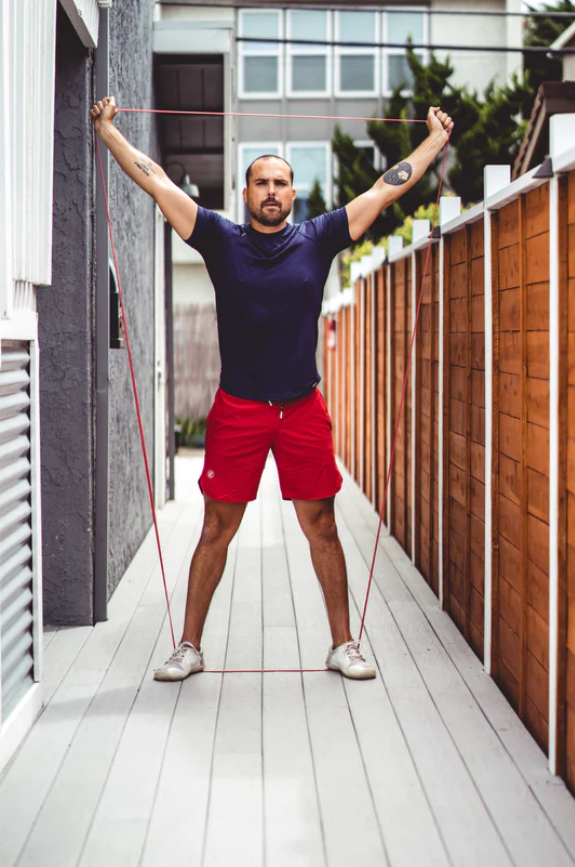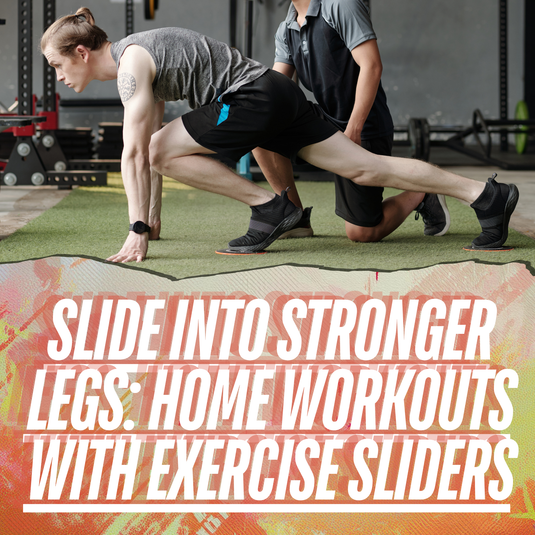Assisted Pull Ups & Progression Guidе

⏱️ Estimated Read Time: 6 minutes
🧠 TL;DR
- Assisted Pull Ups & Progression Guidе offers effective, accessible movements for targeted results.
- This guide is designed to help you move smarter, build strength, and stay consistent.
✍️ Summary
This post explores assisted pull ups & progression guidе in a way that’s actionable and easy to follow. Whether you're new to this style of training or leveling up, it includes practical takeaways for your routine.
📚 Table of Contents
"Get on the bar, and come to a dead hang!" the drill instructor screamed at me when I was in boot camp. And then this became the annual call of every unit I have ever served with when we performed our yearly physical fitness tests for the USMC.
The anxiety and anticipation still gives me butterflies to this day.
In the Marine Corps, I have produced thousands of pull-ups over the last two decades. Since 1999, I have been performing pull-ups, teaching pull-ups, counting pull-ups, and helping people be able to perform their first pull-ups or adding to their maximum number of pull-ups.
When I first started helping people do pull-ups, I just assisted them by giving a lifted assist or using assisted pull ups with a band to help propel them upward until they no longer needed my assistance, and could do it on their own.
I quickly realized that this can lead to injuries if they don't build the proper mind, muscle, and movement awareness.
Most people that can't do pull-ups or do very few, tend to be performing the pull-ups with injury-producing form, so I changed my method of coaching, and the results were incredible! This new approach included various pull up variations and exercises to help with pull ups.
I started every person with isometrics while lying on the floor, and this made all the difference.
The isometric is perfect for coaching proper form, and teaching the nervous system and musculoskeletal system the proper mechanics of the pull-up. It's a great starting point for pull ups for beginners.
As you see in the video, by performing isometrics on the ground, it forces my body, shoulders, back, and even abdominals in the right position for a lat producing pull-up.
By starting with isometrics and using the angle specificity effect as elaborated on below, you will grow strength in the necessary muscles while keeping the risk of moving incorrectly and injury very low:
Strength training with isometric contractions produces large but highly angle-specific adaptations. To contrast the contractile mode of isometric versus dynamic training, but diminish the strong angle specificity effect, we compared the strength gains produced by isometric training at four joint angles with conventional dynamic training.1
Once you build a strength-base and proper form through a pull up progression of isometrics, you will then begin to move dynamically with the battle rope and on the pull-up bar.
If you are overweight or obese, it may take longer to build the necessary strength to lift your body at the pull-up bar. I would highly recommend losing unnecessary body weight to make the pull-ups much easier (6-25% body fat for males, and 14-32% body fat for females2, which is pulled from athletes to average people, before obesity).
Here is the pull up progression, which you can add into your normal pull up workout 3 days per week (like Monday, Wednesday, and Friday or Tuesday, Thursday, and Saturday):
Week 1 - 20 Seconds of Isometric Max Engagements at All 5 Angles
Week 2 - 30 Seconds of Isometric Max Engagements at All 5 Angles
Week 3 - 40 Seconds of Isometric Max Engagements at All 5 Angles
Week 4 - 50 Seconds of Isometric Max Engagements at All 5 Angles
Week 5 - 60 Seconds of Isometric Max Engagements at All 5 Angles
Week 6 - Lying In-and-out Waves 10 seconds, and Pull-ups
Congratulations on doing your first pull-up or four or more!
If, at the end of the six weeks, you were unable to achieve the pull-ups, and your weight is in a healthy range, combine week 5 (100% engagement means you should be shaking from your muscular contractions and nervous system output) with 5 Sets of Lying In-and-out Waves, AMRAP (As Many Reps As Possible) for 10 seconds of work and 50 seconds of rest.
Combine these two exercises above with the Battle Ropes Program #4 - The Alva Program found in Battle Ropes Continuing Education Level 3: https://www.living.fit/offers/N8BnYAFe;. After the first four weeks, attempt again, and if you like the training program, go all the way to 12 weeks of this phenomenal battle ropes training.
Be sure to subscribe to our blog posts to get them in your inbox, and to watch the full video version of "How to do a pull-up - Pull-up training if you can't do a pull-up."
By: Aaron Guyett, M.A., B.S., CSCS, FRAs, FRCms
Education Director and Master Coach with Living.Fit
Footnotes
-
Folland, J. P., Hawker, K., Leach, B., Little, T., & Jones, D. A. (2005). Strength training: Isometric training at a range of joint angles versus dynamic training.
Journal of sports sciences
,
23
(8), 817.
-
ACE (2009)
American Council on Exercise (ACE). Ask the Expert Blog. December 2, 2009.
Want more guidance? Check out our Weekly Dumbbell Workout #1.
📝 FAQs
How often should I do these exercises? +
2–3 times per week is a good starting point for most people.
Do I need equipment? +
Many of these can be done with just your bodyweight or a single kettlebell or dumbbell.
Can beginners do these routines? +
Yes! These movements are designed to scale with your fitness level.










